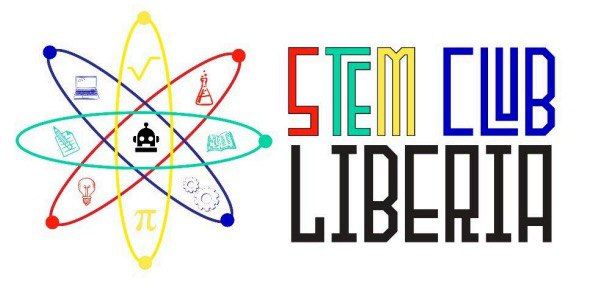Debunking Common Misconceptions About STEM Education in Liberia
Understanding STEM Education in Liberia
STEM education, which encompasses Science, Technology, Engineering, and Mathematics, is a vital element in the educational landscape worldwide. However, there are several misconceptions about STEM education in Liberia that need to be addressed. These misconceptions can hinder the development and implementation of effective STEM programs, limiting opportunities for students and the broader community.

Misconception 1: STEM is Only for the Elite
One common misconception is that STEM education is only accessible to the elite or those who are exceptionally gifted. This is far from the truth. In reality, STEM education is designed to be inclusive, aiming to equip all students with problem-solving skills and critical thinking abilities necessary in the modern world. By challenging this notion, educators and policymakers can work towards making STEM opportunities available to all students, regardless of their background.
Misconception 2: STEM is Only About Technology
Another prevalent misunderstanding is that STEM education focuses solely on technology and computer-related fields. While technology plays a significant role, STEM encompasses a much broader range of subjects. Science, engineering, and mathematics form the foundation of various fields, from agriculture to healthcare. By understanding this diversity, students can explore numerous career paths that STEM education opens up.

The Importance of Early STEM Exposure
Early exposure to STEM subjects is crucial for fostering curiosity and interest among young learners. Unfortunately, some believe that these subjects are too advanced for young children. However, introducing basic concepts through interactive and engaging methods can spark a lifelong interest in STEM. Activities like building simple machines or conducting basic experiments can be both fun and educational.
Misconception 3: STEM Education is Expensive
Cost is often cited as a barrier to implementing effective STEM programs. Many assume that high-tech equipment and specialized resources are necessary components of STEM education. While some resources are indeed costly, there are numerous cost-effective ways to introduce STEM concepts. Utilizing local materials and resources creatively can provide hands-on experiences without breaking the bank.

Encouraging Participation and Interest
Encouraging participation in STEM fields requires dispelling myths about gender roles. There's a widespread belief that STEM is "just for boys," which can discourage girls from pursuing these areas. Promoting gender equality and providing role models are essential steps toward creating a balanced representation in STEM fields.
Misconception 4: Success in STEM Requires Advanced Math Skills
Finally, many people think that excelling in STEM requires advanced math skills. Although mathematics is an integral part of STEM, not all careers within these fields demand complex math abilities. Skills such as creativity, communication, and teamwork are equally important. Encouraging diverse skill sets allows students to see themselves as capable contributors to STEM innovations.

By debunking these misconceptions about STEM education in Liberia, we pave the way for a more inclusive and effective approach to learning. It's essential to educate both the public and policymakers about the true nature of STEM subjects to ensure every student has the opportunity to thrive in an increasingly technology-driven world.
